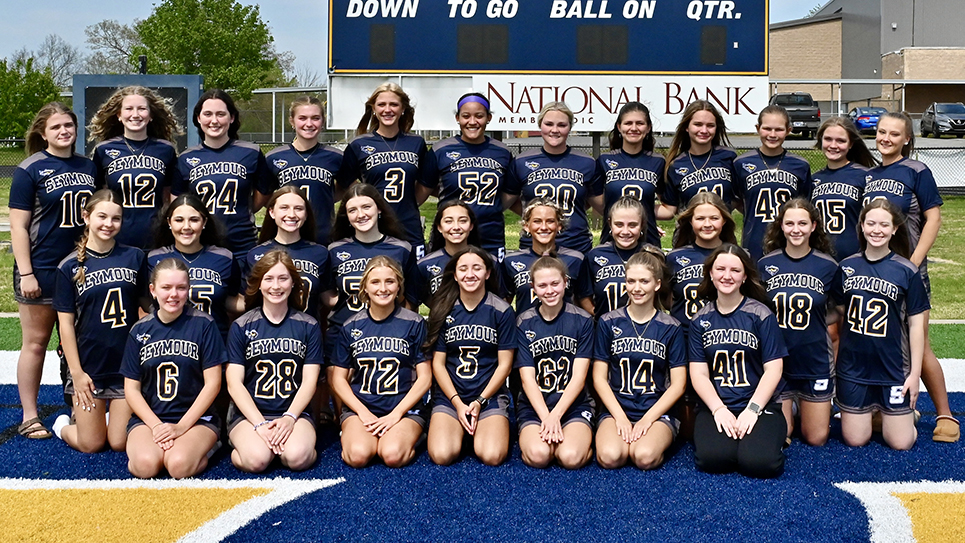An important question
By Tom Mattingly
My wife and I celebrated a significant milestone in the 2022 season-opening game against Ball State. Each of us celebrated our 50th anniversary as season ticket holders, dating from the first game of the 1972 season, the 28-21 victory over Penn State. No one knows how many of the ticket holders present for this year’s season opener had been part of the excitement of Vol football every year since 1972, some even before.
In the midst of all the bells and whistles from this year’s opening game, e.g., the west side premium seating area, the north end Jumbotron, the flyover just before kickoff, and the upper north end standing room only area, the mind made one of its tricky leaps to consider an important question.
Were he around, what would Col. William Simpson Shields (Oct. 13, 1853-Dec. 2, 1933), founder and president of Knoxville’s City Bank and a recent appointment to the school’s Board of Trustees, think about the development of “his” field?
Shields’ fingerprints were all over the “beginnings” of the field with considerable help from Dean Nathan Washington Dougherty, the “Dougherty” of the Dougherty Engineering Building on the Hill and a leader in the Vol athletic program over the years until he died in 1977.
The new greensward was located on 15th Street (later known as Stadium Drive and Phillip Fulmer Way) a block or so south of the team’s previous home on Wait Field. That venue was too small and was replete with “rocks and hard places,” said Roy “Pap” Striegel, captain of the 1922 team and the man who convinced Banks to outfit the team in orange jerseys that season.
The stadium’s name thus stemmed from its benefactors, Shields and his wife, Alice Watkins Shields. Over the years, it was sometimes referred to as “Shields-Watkins Stadium” or “The Shields-Watkins Field.” “Shields-Watkins Field” still adorns the façade of the west side of the stadium.
University Realty, founded in 1912, held an option on seven acres of land until the university could complete the purchase and develops a “physical education-athletic field.”
Authors Barry Parker and Robin Hood (“Neyland: Life of a Stadium”) termed that area “a forlorn sight: an unmarked, upgraded expanse of mounds and gullies that turns into a quagmire in the rain.”
By 1917, financing had not been completed and contributions were solicited from the community. Checks averaging $10 were received, and U.T. students pledged $2000 in cash and 2000 days labor.
Shields donated $22,453, a figure matched by the university, for the tract of land in 1919. The field area included a large ravine Dougherty had ordered filled with dirt during the construction of Ayres Hall.
According to a 1984 University of Tennessee history authored by professors James Riley Montgomery, Stanley John Folmsbee, and Lee Seifert Greene, Shields eventually contributed more than $40,000 for the field area, equivalent to a $661,834.64 contribution today. That figure included two other parcels Shields bought on the west side of the field at Dougherty’s “suggestion.”
There was a “Campus Day,” sometimes called a “Field Day,” held on March 16, 1921, to prepare the field.
“I remember that Dr. H.A. Morgan, the university president, called a student holiday so that the student body and faculty could pitch in and help complete the field,” Striegel said. “Right beside us was Dean James D. Hoskins, who later became the university president.”
“Students in the home economics department prepared lunch,” wrote Montgomery and colleagues. “Ditch digging became a competition, with a prize awarded ‘in the 100-yard ditch-digging contest.’”
The capacity of the new stadium was 3,200, but considerably fewer than that showed up for the opener on Sept. 24, 1921. A crowd estimated at 1,200 watched under a persistent drizzle, as the Vols won 27-0 over Emory & Henry. Rufe Clayton scored the first touchdown on the new field.
The Vols finished 6-2-1 and, in four home games, did not give up a point. The Vols won a total of eight in a row on the new field in 1921 and 1922, before Vanderbilt took a 14-6 victory on Nov. 4, 1922.
The stadium has grown steadily from these humble beginnings, with a capacity of more than 100,000 today. These first tentative steps, however, helped establish the program and led to one of the best and most recognizable fields in all of college football.
As the stadium has been expanded, fans have come from every nook and cranny of Tennessee and from as far and wide as the expanse known as “Big Orange Country” will allow.
Neyland Stadium came along to enclose the field in October 1962, but the contributions Shields and his wife made still remain front and center as part of the stadium’s history.






